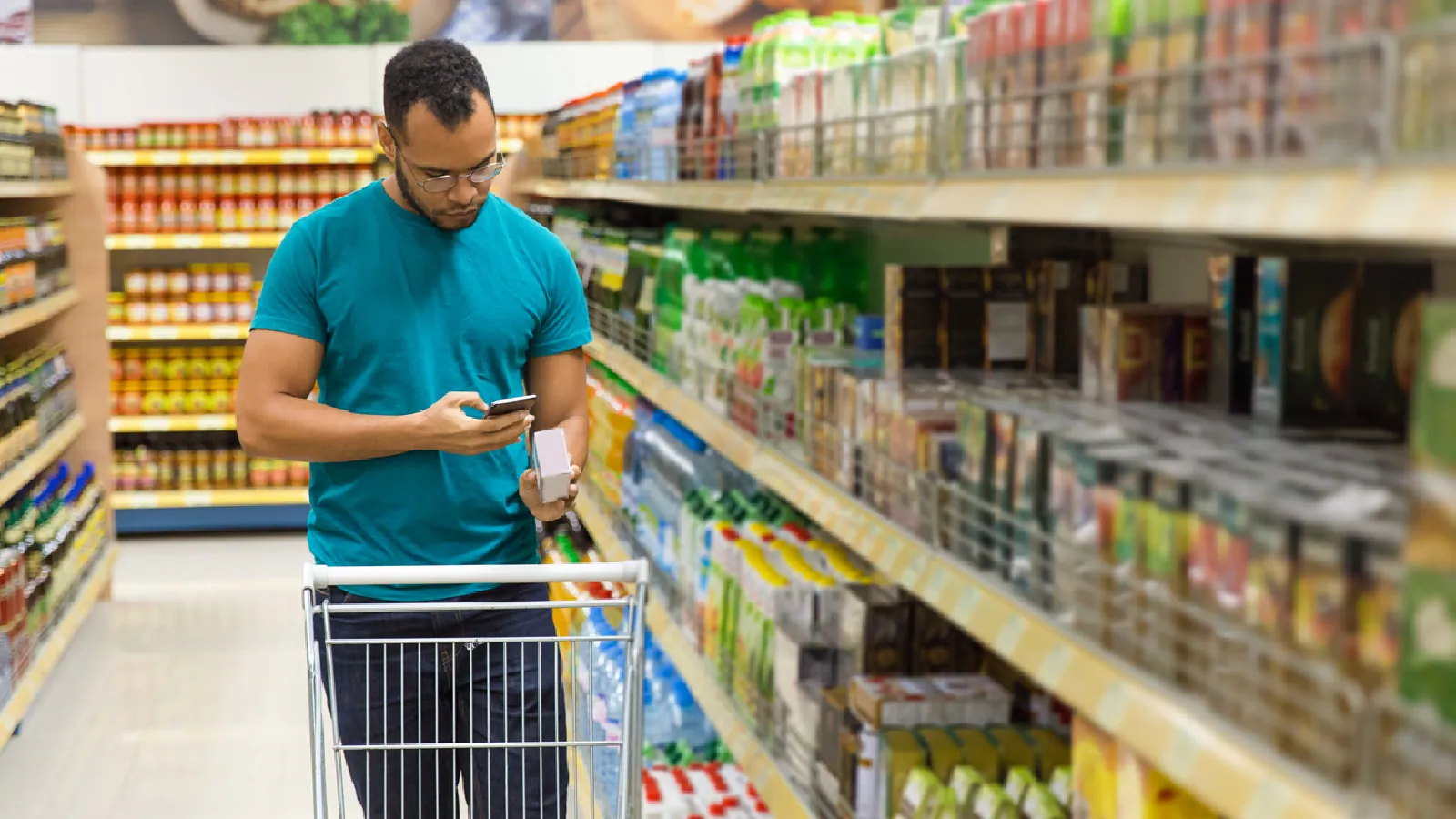Copyright news18

India’s economic growth is expected to remain steady in the second half of the current financial year, supported by strong domestic consumption that could cushion any slowdown, according to a report by SBI Capital Markets (SBICAPS). The report said that despite persistent global uncertainties and trade tensions, India’s robust internal demand continues to lend resilience to its economy. With India now facing steep 50 percent tariffs from the United States, policymakers are increasingly turning toward domestic growth drivers, the report noted. Both the Union and state governments have ramped up capital expenditure in FY26 so far, which is likely to translate into higher gross fixed capital formation in the coming quarters. Recognising the pivotal role of domestic demand, the government has also timed GST rate revisions to coincide with the festive season. According to estimates by the Confederation of All India Traders (CAIT), festive sales this year are projected to reach a record ₹4.75 trillion. Early signs of this buoyancy are evident in automobile retail sales, which recorded strong year-on-year growth during the Navaratri period. On the global front, SBICAPS observed that trade dynamics remain volatile, with tariffs emerging as the “new abnormal.” Chinese exports to the US fell 33 percent year-on-year in August 2025, but overall shipments rose 4.4 percent, suggesting a rerouting of supply chains rather than a complete disruption. Exporters and retailers have so far absorbed cost pressures, though consumers are gradually feeling the pinch. The report also noted that the US has refrained from imposing duties on critical imports such as electronics and generic drugs, underscoring the trade-offs policymakers face. A notable global trend highlighted in the report is the gradual shift away from the US dollar as the dominant global asset. For the first time in three decades, central banks collectively hold more gold than US Treasuries. Although no clear alternative reserve currency has yet emerged, the Chinese yuan and various digital currencies are gaining attention as nations explore new anchors for the global financial system. The report also cautioned that the ongoing rebalancing of global investments could create asset bubbles. Artificial intelligence has become the latest magnet for capital inflows, even as its business models remain largely untested. The soaring valuation of OpenAI — reaching USD 500 billion — illustrates this speculative surge, though monetisation prospects are still uncertain. SBICAPS stressed that investor caution is essential in navigating such an environment. On the domestic policy front, the Reserve Bank of India (RBI) has taken steps to enhance credit flow by proposing the removal of sectoral lending caps for large borrowers and easing restrictions on acquisition finance. Lending limits for loans backed by shares, REITs, and InvITs are also being raised. Along with a phased rollout of new capital norms, these measures have pushed the credit-deposit ratio above 80 percent for the first time in FY26. Despite foreign portfolio investors withdrawing around USD 18 billion from Indian equities in 2025, domestic investors have continued to demonstrate strong confidence, helping sustain market stability and supporting India’s growth outlook.



